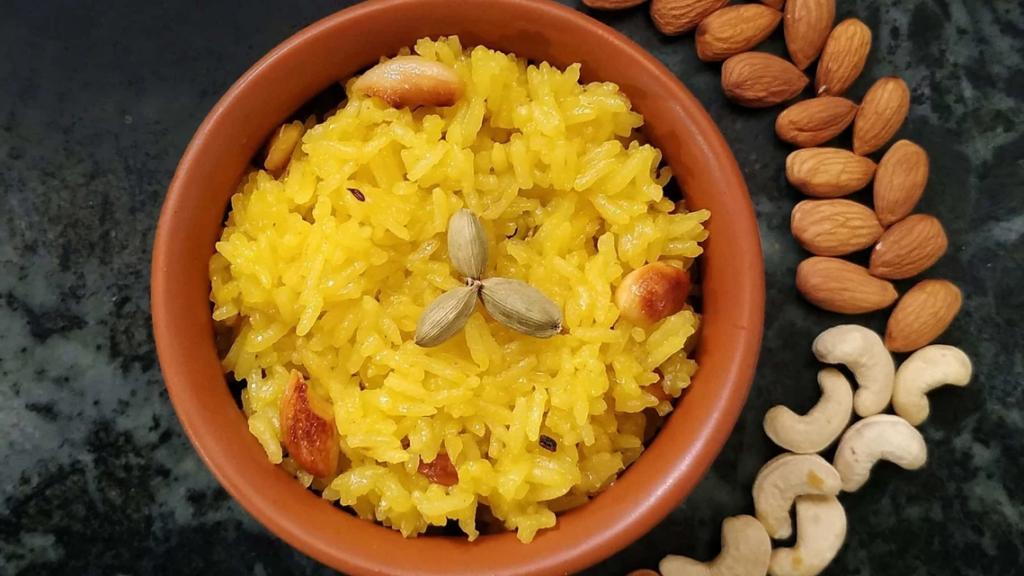
Table of Contents
- Introduction to Vasant Panchami
- The Significance of Vasant Panchami
- Festivities Across India
- North India
- West India
- East India
- South India
- North India
- Traditional Foods of Vasant Panchami
- The Role of Yellow in Festive Cuisine
- Signature Dishes from Different Regions
- The Role of Yellow in Festive Cuisine
- Modern-Day Celebrations and Fusion Cuisine
- Conclusion
Introduction to Vasant Panchami
Vasant Panchami, also known as Saraswati Puja, marks the arrival of spring in India. It is a festival that celebrates wisdom, knowledge, and renewal. Devotees worship Goddess Saraswati, the deity of learning, while the color yellow dominates festivities, symbolizing energy, prosperity, and optimism.
The Significance of Vasant Panchami
This festival is deeply rooted in Indian culture and tradition. It signals the end of winter and welcomes the warmth of spring. Schools and educational institutions organize Saraswati Puja, and people engage in cultural activities, kite flying, and family gatherings.
Festivities Across India
Vasant Panchami is celebrated with diverse traditions across the country:
North India:
In states like Punjab and Haryana, people fly kites in vibrant colors. Schools conduct Saraswati Puja, and families prepare festive meals.
West India:
Maharashtra and Gujarat observe this festival with devotion, with yellow flowers and attire playing a significant role. Homes are decorated, and special dishes are prepared.
East India:
In Bengal, Saraswati Puja is an elaborate event where students and scholars seek the blessings of the goddess. Families prepare traditional sweets and offer them to deities.
South India:
Andhra Pradesh and Karnataka observe this festival as part of Ratha Saptami celebrations. Women decorate homes with rangoli and cook festive delicacies.
Traditional Foods of Vasant Panchami
Food is an integral part of the celebrations, and the festival boasts an array of delicious dishes:
The Role of Yellow in Festive Cuisine
Yellow, the color of wisdom and prosperity, dominates the culinary spread. Saffron, turmeric, and yellow lentils add vibrancy to the food.
Signature Dishes from Different Regions:
- Kesari Bhat & Sweet Pongal (South India) – A saffron-infused rice dish prepared with jaggery and dry fruits.
- Boondi Ladoo & Rajbhog (North India) – Traditional sweets made with chickpea flour and flavored with cardamom.
- Khichdi (Bengal & Bihar) – A nutritious lentil-rice dish, often accompanied by ghee and pickles.
- Puran Poli (Maharashtra) – A sweet stuffed flatbread made with jaggery and lentils.
Modern-Day Celebrations and Fusion Cuisine
With evolving tastes, fusion foods like saffron-infused cheesecakes and turmeric lattes have become a part of the festivities. While traditional customs remain at the core, modern interpretations bring innovation to the celebrations.
Conclusion
Vasant Panchami beautifully blends devotion, joy, and culinary richness. From vibrant festivities to flavorful delicacies, the festival is a cherished celebration of spring, learning, and prosperity. As India embraces tradition with modernity, the spirit of Vasant Panchami continues to thrive, uniting people in joy and reverence.

